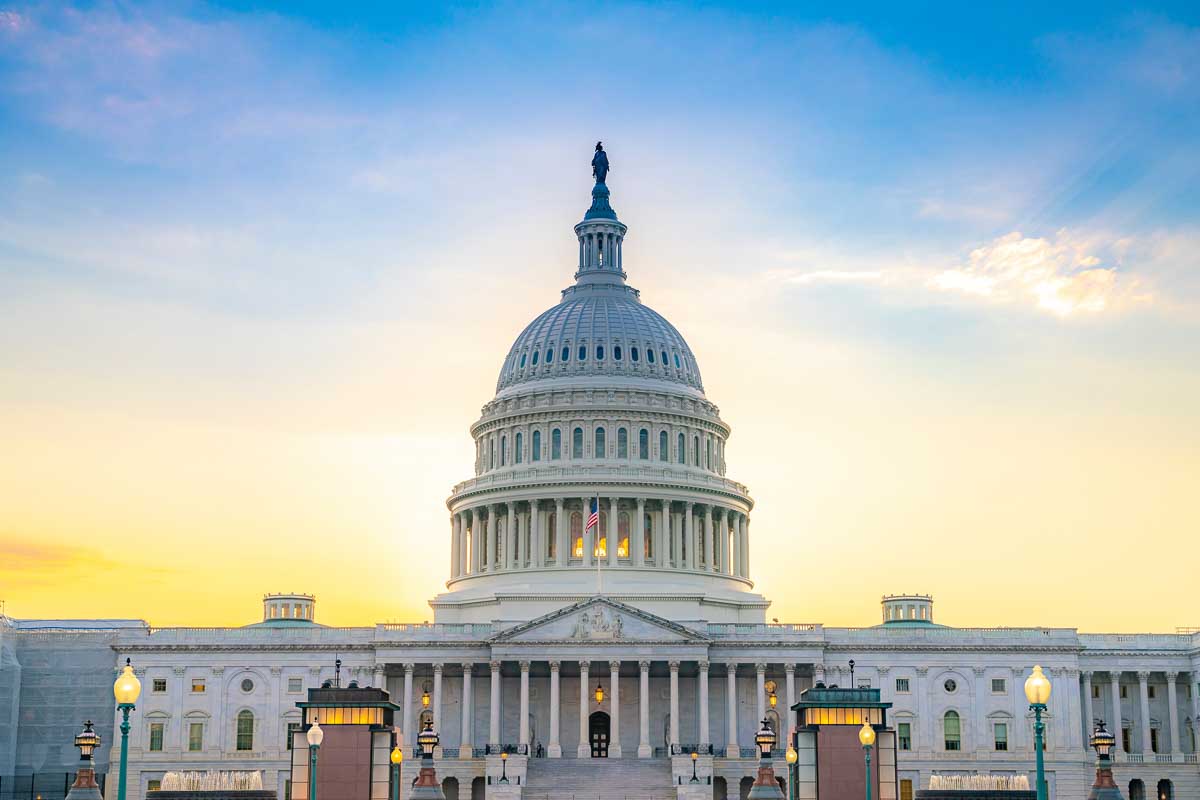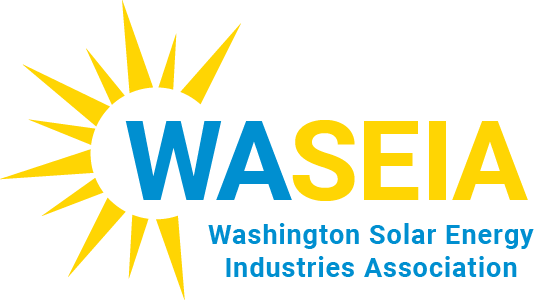The Inflation Reduction Act of 2022 (IRA) includes $369 billion for “Energy Security and Climate Change,” the single largest climate investment in American history. Together, these programs will reduce U.S. carbon pollution 40 percent below 2005 levels by 2030. There are tax credits and other perks to boost deployment of renewable energy, including solar, and broad incentives to encourage domestic manufacturing of a wide array of clean tech. Here’s more:
For Residential and Commercial Solar (under 1 MW):
- 30% ITC until 2032, then ramping down to 28% in 2033 and 26% in 2034.
- Storage, including standalone storage, is included.
- Limited direct pay – homeowners cannot receive a direct payment or have the credit be refundable. However, State or Local governments, tribes and non-profits can receive a direct pay ITC.
- Transferability – ITCs can be transferred to corporations, but not individuals.
- Projects installed any time in 2022 can take advantage of the new 30% ITC.
For Utility Scale Solar and large commercial (over 1 MW)
- 30% ITC upon the bill being signed into law, until 60 days after the Treasury Department issues new guidance.
- Then the base ITC will be 6% with the following adders:
- 24% for complying with new labor standards (prevailing wage and the state apprenticeship standards)
- 10% for meeting domestic content standards
- 10% for located a project in certain communities in which plants have closed
- 10% for multi-family housing projects (application required)
- Storage, including standalone storage, is included.
- Limited direct pay – individuals cannot receive a direct payment or have the credit be refundable. However, State or Local governments, tribes and non-profits can receive a direct pay ITC. Hydrogen projects can receive direct pay.
- Transferability – ITCs can be transferred to corporations, but not individuals.
- Production Tax Credit (PTC) – projects can choose the PTC or the ITC.
- PTC is at 100% upon the bill being signed into law, until 60 days after the Treasury Department issues new guidance.
- Then the PTC is 20% plus an additional 80% if labor standards are met
- Projects between 1-5 MW (including community solar) can receive an ITC for interconnection costs.
- Prevailing wage requirements are in effect for alteration or repair throughout the ITC recapture time, or ten years for the PTC.
Manufacturing
- 30% manufacturing credit.
- Above domestic content ITC adders to create demand.
- SEIA modeling shows that this should result in ten times the domestic manufacturing in five years.
Tax deductions for electric upgrades
The Energy Efficient Home Improvement credit, or 25C, allows households to deduct from their taxes up to 30 percent of the cost of upgrades to their homes, including installing heat pumps, insulation and, importantly, upgrading their breaker boxes to accommodate additional electric load. Upgrade costs include both equipment and installation/labor costs. These deductions are limited to $600 per measure, up to $1,200 per household per year—with one notable exception. Households can deduct 30 percent of the costs for buying and installing a heat pump water heater or heat pump for their space heating and cooling, up to $2,000.
High-Efficiency Electric Home Rebate Program
The IRA provides $4.275 billion for grants to State Energy Offices and $224 million to Indian Tribes to establish rebate programs for home electrification. Importantly, this explicitly includes rebates up to $4,000 for “electric load service center upgrades,” i.e. main panel upgrades and up to $2,500 for “electric wiring.” These provisions are capped at 50% of qualifying costs for households making between 80% and 150% of area median income.
Other new programs
- $3B Environmental and Climate Justice Block grants, through EPA
- $250B DOE loan program (for projects not receiving other federal funds)
- $2B in Transmission loans
- $750M in Transmission grants
- $1B for REAP
- $1B for agricultural energy projects, now including storage
- $9.6B for loans and financing for rural co-ops to purchase renewable energy, generation, zero-emission systems, and related transmission, limited to 25% of total cost


